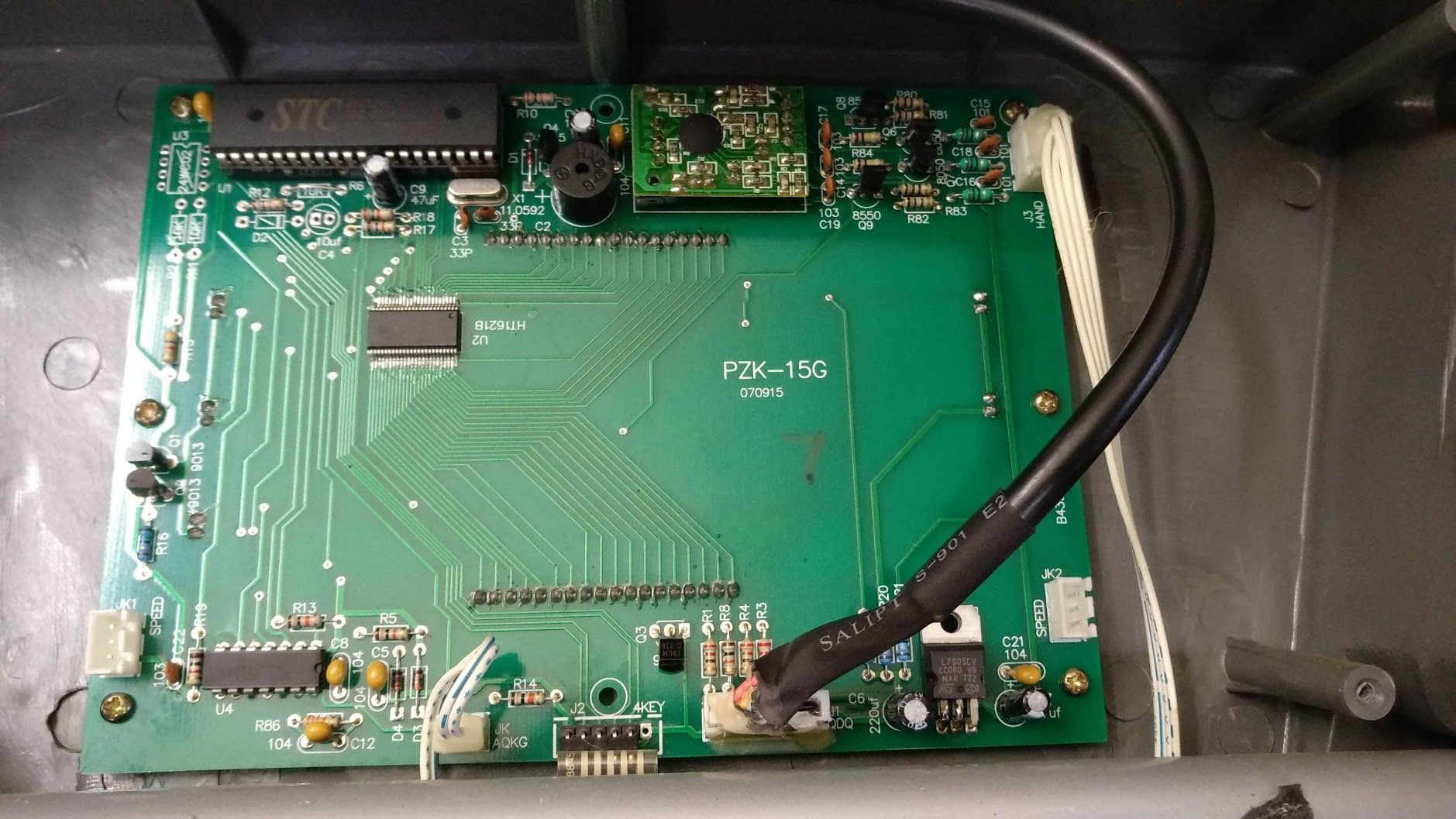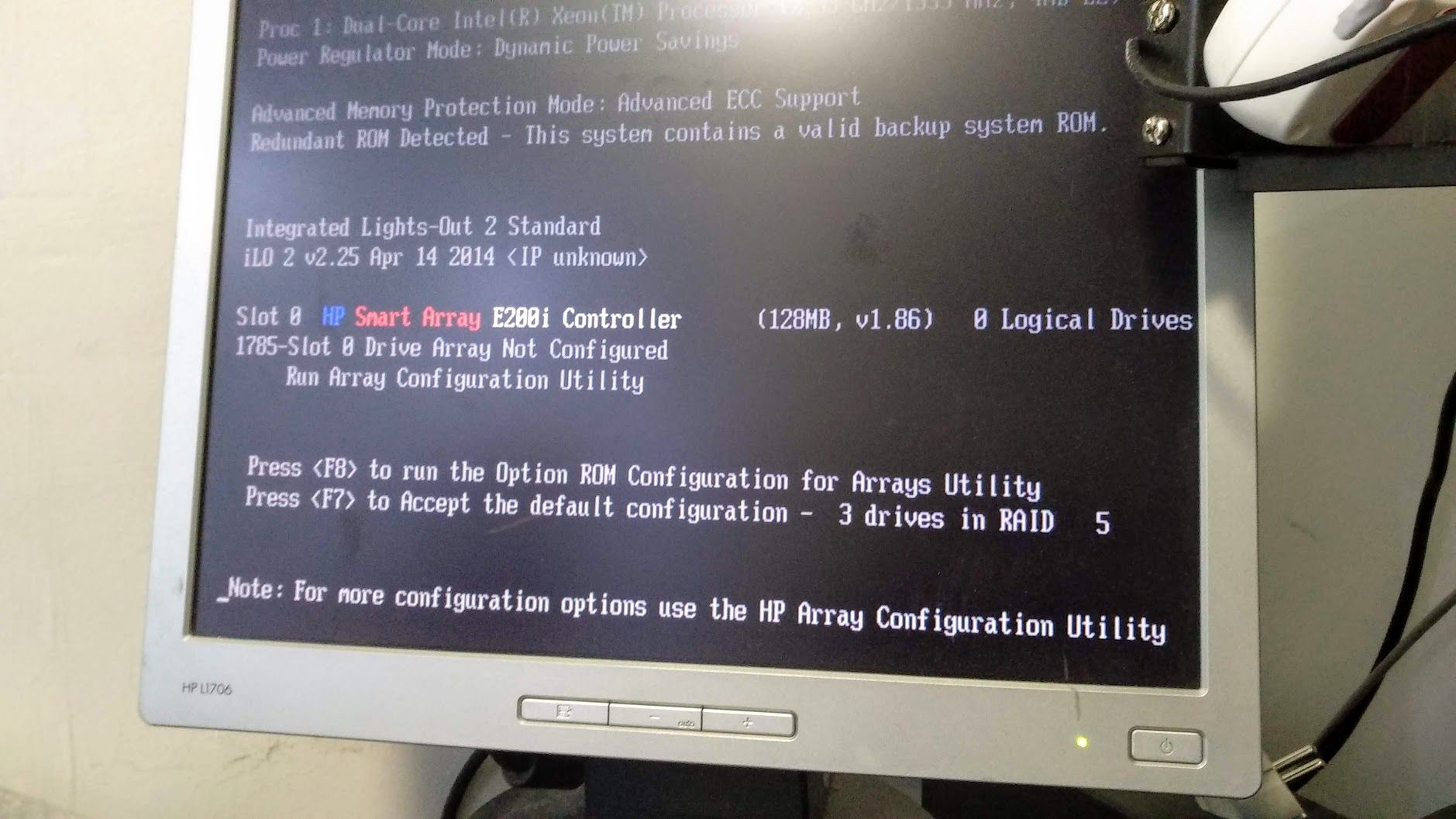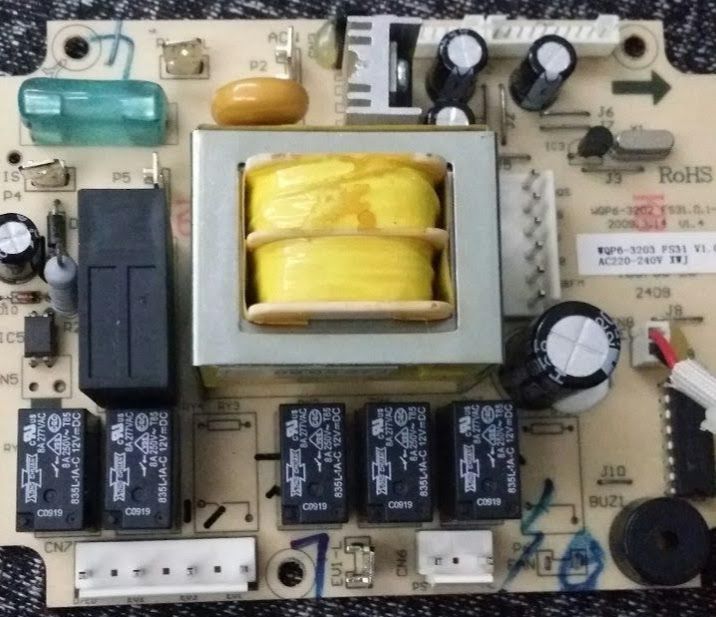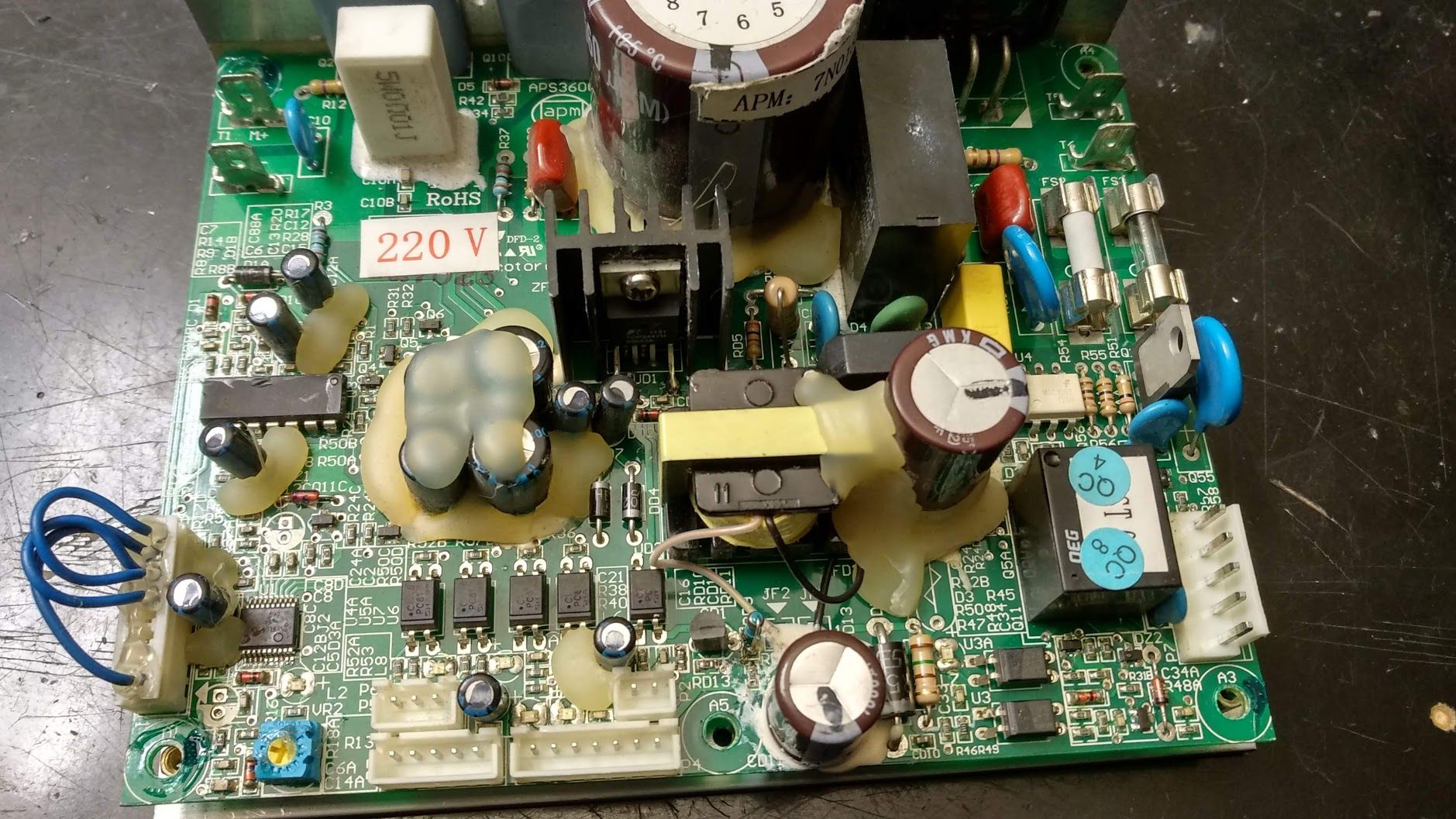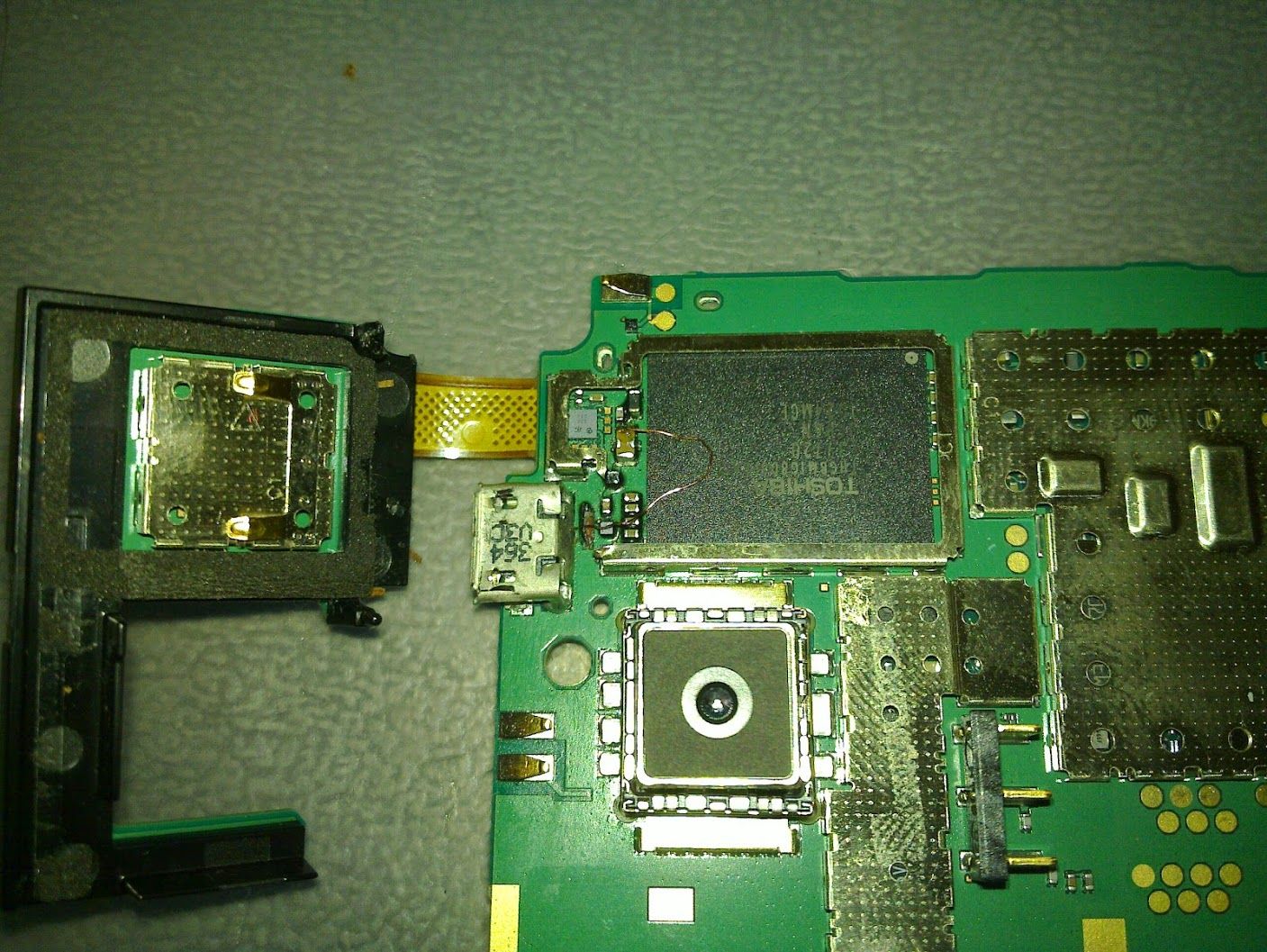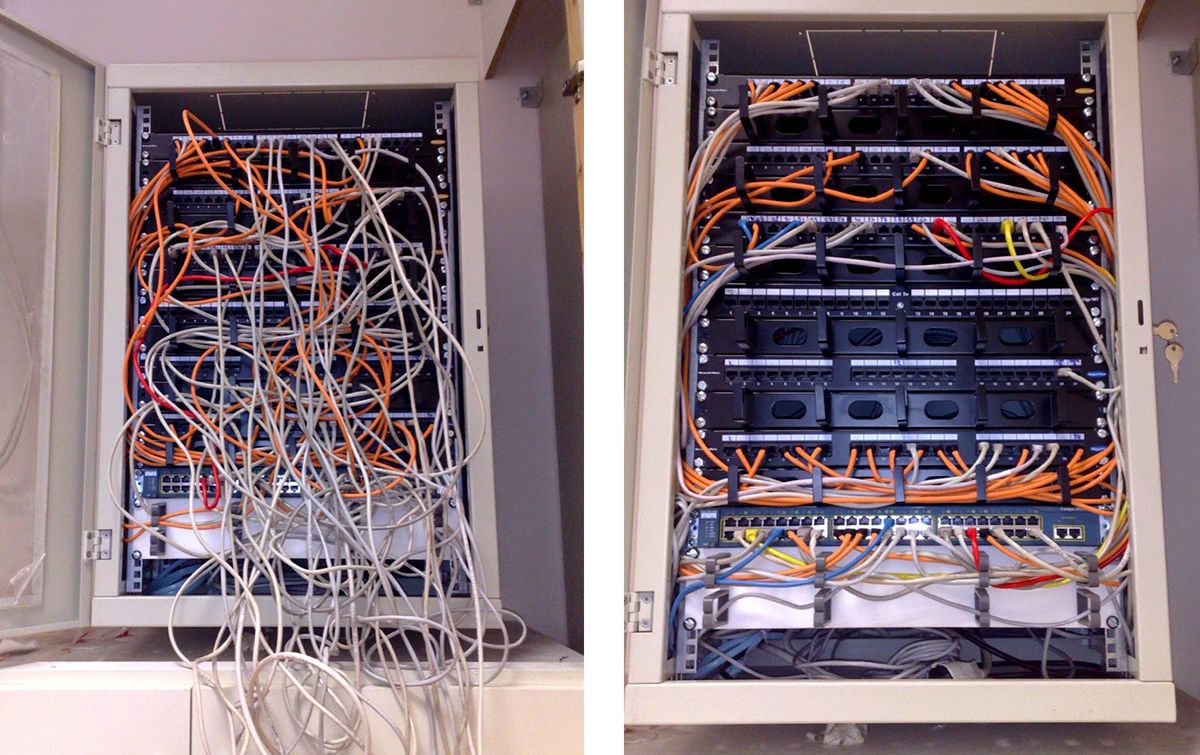Ransomware-as-a-Service (RaaS): The Dark Web’s Latest Business Model
What Is Ransomware-as-a-Service (RaaS)?
In the past, cybercriminals needed technical expertise to launch ransomware attacks. Not anymore.
Enter Ransomware-as-a-Service (RaaS)—a dark web business model where anyone, even those with zero hacking skills, can buy or rent pre-built ransomware kits to launch attacks.
Much like Software-as-a-Service (SaaS) models, RaaS platforms provide subscription-based ransomware, complete with customer support, user dashboards, and even profit-sharing models for cybercriminals.
How Does RaaS Work?
Just like legal businesses use cloud-based SaaS platforms, criminals now leverage RaaS portals to distribute ransomware easily. Here’s how:
1️⃣ The Developer (RaaS Provider) Creates the Malware
- Skilled cybercriminals design and refine ransomware strains.
- They host the malware on dark web marketplaces.
2️⃣ Affiliates (Cybercriminal Customers) Rent or Buy the Ransomware
- Hackers or amateurs subscribe to RaaS services.
- Some providers charge monthly fees or take a profit cut from successful attacks.
- Others offer one-time purchases of ransomware kits.
3️⃣ The Attacker Distributes the Ransomware
- Using phishing emails, exploit kits, or malicious ads, the attacker infects victims.
- Once activated, the ransomware encrypts files and demands payment.
4️⃣ RaaS Providers Get Their Share of the Profits
- When victims pay the ransom, the attacker splits the earnings with the RaaS provider.
- Some platforms even offer customer support to help criminals troubleshoot their attacks.
The Most Notorious RaaS Platforms
Several high-profile RaaS operations have fueled global cybercrime. Here are a few of the most infamous:
✅ REvil (Sodinokibi) – The Infamous RaaS Empire
- One of the most well-organized ransomware groups.
- Attacked JBS (global meat supplier) and Kaseya (IT firm).
- Demanded millions in ransom payments before being shut down.
✅ DarkSide – The Group Behind the Colonial Pipeline Attack
- Infamous for shutting down a major U.S. fuel pipeline.
- Operated like a corporation, even issuing press releases about their attacks.
- Went offline after global law enforcement cracked down.
✅ LockBit – A RaaS Model Still Active Today
- One of the fastest-spreading ransomware families.
- Focuses on targeting corporations with double extortion tactics (data theft + encryption).
- Still active and evolving despite law enforcement efforts.
Why RaaS Is a Game-Changer for Cybercrime
🚨 1. Lowers the Barrier for Entry into Cybercrime
- No technical skills? No problem. RaaS allows anyone to launch attacks.
- Even amateurs can now buy ransomware kits and attack businesses.
💰 2. Creates a Profitable Cybercrime Economy
- RaaS platforms operate like real businesses—offering subscriptions, 24/7 support, and dashboards for tracking infections.
- Some charge monthly fees, while others take a percentage of the ransom.
📈 3. Expands the Reach of Ransomware Attacks
- More criminals = more attacks.
- Small businesses, hospitals, and governments are increasingly targeted.
🔒 4. Makes Traditional Cyber Defenses Less Effective
- Constantly evolving ransomware strains bypass antivirus and security tools.
- Businesses must adopt multi-layered security to stay ahead.
How Businesses Can Protect Themselves from RaaS Attacks
✅ 1. Implement Strong Email Security (Prevent Phishing Attacks)
📌 Most ransomware starts with phishing emails.
✔️ Use email filtering to block suspicious messages.
✔️ Train employees to recognize phishing tactics.
✔️ Don’t click links or download attachments from unknown sources.
✅ 2. Use Multi-Factor Authentication (MFA) on All Accounts
📌 MFA stops attackers even if they steal a password.
✔️ Enable MFA on all critical systems and accounts.
✔️ Use authenticator apps instead of SMS-based codes.
✅ 3. Keep Systems and Software Updated
📌 Many ransomware attacks exploit outdated software.
✔️ Apply security patches and updates ASAP.
✔️ Ensure firewalls and antivirus tools are always active.
✅ 4. Back Up Your Data (And Keep It Offline!)
📌 Without backups, ransomware can destroy your business.
✔️ Maintain regular, encrypted backups.
✔️ Store backups offline to prevent encryption by ransomware.
✅ 5. Create an Incident Response Plan
📌 Having a plan means faster recovery.
✔️ Prepare step-by-step response procedures for ransomware incidents.
✔️ Conduct regular cybersecurity drills with your team.
The Future of RaaS: What’s Next?
🚀 More AI-Powered Ransomware
- Future ransomware will use AI to bypass security defenses.
- Automated attacks will increase, targeting multiple businesses at once.
⚖️ Stricter Regulations & Law Enforcement Crackdowns
- Governments are cracking down on ransomware gangs (e.g., the FBI’s takedown of REvil).
- New cybersecurity laws (like NIS2 in Europe) will force companies to improve defenses.
🛡️ Rise of Advanced Cybersecurity Defenses
- AI-driven security tools will detect ransomware before it spreads.
- Zero-trust security models will become the industry standard.
Final Thoughts: Is Your Business Ransomware-Ready?
Ransomware is no longer just a hacker’s tool—it’s a business model fueling a global cybercrime industry.
The best defense? Proactive security. Businesses must invest in cybersecurity awareness, strong defenses, and rapid incident response plans.
